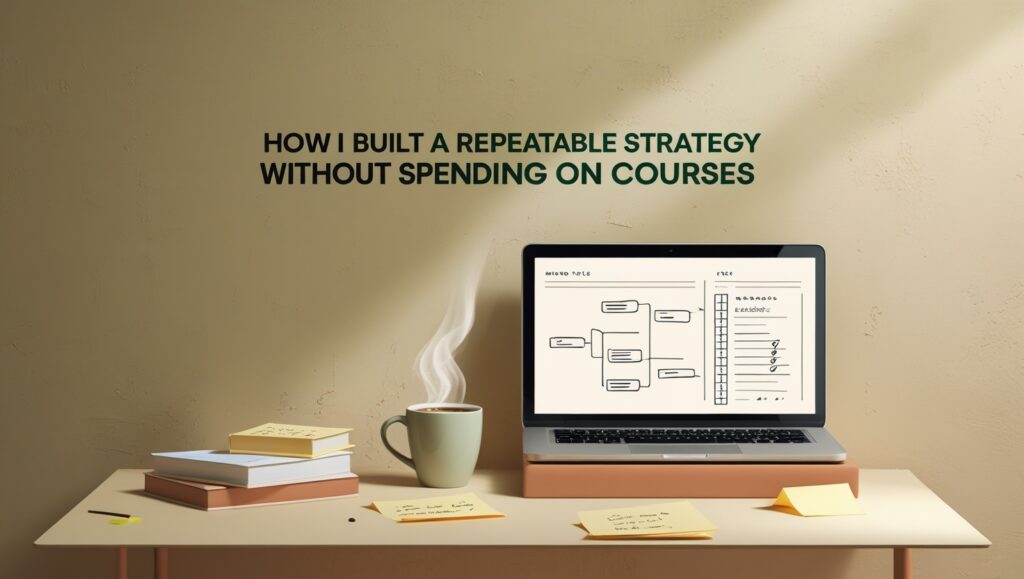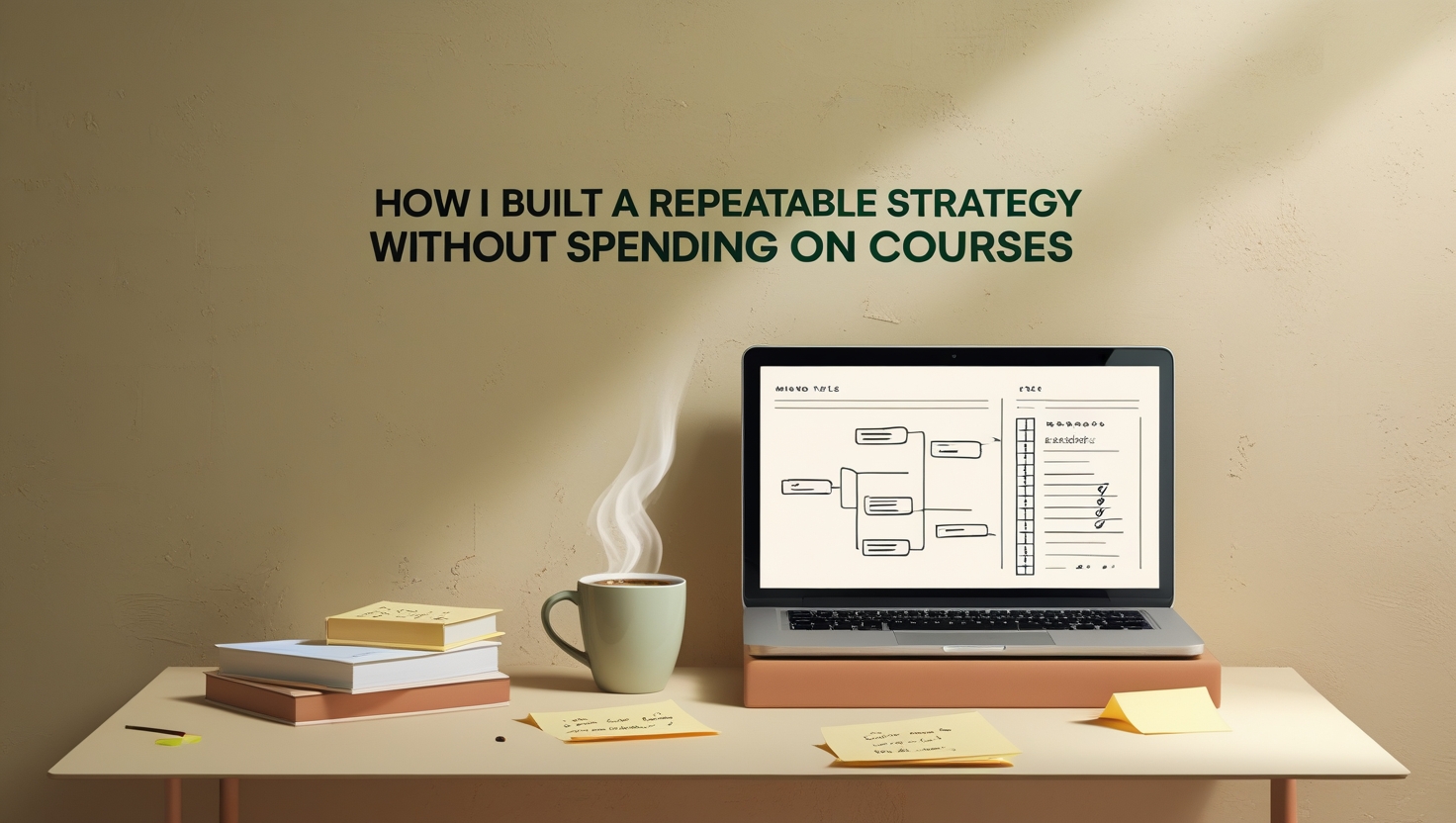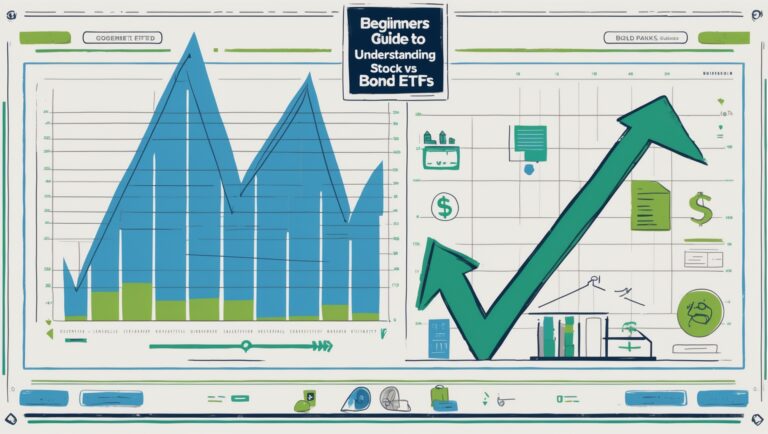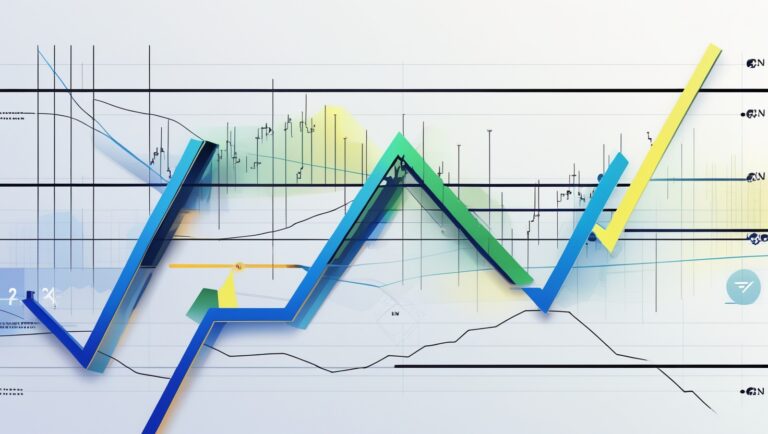How I Built a Repeatable Strategy Without Spending on Courses
How I Built a Repeatable Strategy Without Spending on Courses
When I first started trading, I thought the secret to success was hidden inside a $997 course. Every ad told me I needed someone else’s signals, someone else’s strategy, or some “never-fail” indicator. But after wasting time and watching my results go nowhere, I made a decision: I’d figure it out on my own terms.
And that’s exactly what I did. I built a repeatable trading strategy — one that I trust, one that works — without paying for a single course.

Table of Contents
I Started With What I Already Had: Time and Curiosity
Instead of dropping money on someone else’s methods, I gave myself time to learn by watching the market. I didn’t try to trade everything. I focused on price action, volume, and key levels. Every day, I’d study the open, write down what moved, and ask one question: Why did this move the way it did?
That simple habit taught me more than any guru ever could. I wasn’t memorizing — I was learning to see patterns repeat themselves in real time.
Free Resources Became My Training Ground
YouTube, Reddit, Twitter — I used it all. But not to copy trades. I used them to test ideas and compare notes with what I saw happening on the charts. I’d study how price reacted around previous highs, whole numbers, or after earnings — then paper trade it, refine it, and see what worked.
And here’s the key: I didn’t chase 10 different strategies. I focused on one setup at a time. I picked the cleanest, most reliable pattern — and drilled it into muscle memory.
The Power Was in Repetition — Not Randomness
I didn’t build a winning strategy overnight. It came from repeating one thing until I understood it inside and out. I made it boring on purpose. Same process, same execution, same journal entries. That’s when results started showing up.
Once I found consistency, I wrote down every rule: entry trigger, stop loss placement, target zone, and risk per trade. That became my playbook, and I stuck to it.
I Trust My Strategy Because I Built It Myself
And you know what? I trust this strategy more than anything I could’ve paid for — because it’s mine. I saw it work. I tweaked it when it didn’t. I know exactly what to expect when I enter a trade. That kind of trust doesn’t come from copying — it comes from building.
I also didn’t have to rely on anyone else. No waiting for alerts. No monthly fees. Just me, my system, and the screen. That independence gave me confidence and freedom.
Want to See How I Trade Now?
Everything I’ve learned — the strategy, the mindset, the risk rules — is inside this ebook:
👉 Pay Your Bills with Stocks
It’s exactly how I make a few solid trades each week that help cover real bills. No indicators, no expensive tools — just a repeatable system built from experience.
Final Thoughts
You don’t need to spend thousands to trade like a pro. You need patience, focus, and a willingness to learn by doing. Don’t just watch — observe. Don’t just copy — build. That’s how I did it, and that’s how you can too.
If I could go back and tell myself one thing, it’d be this: You don’t need another course. You need a strategy you believe in — and the discipline to repeat it. Everything else is noise.
One mistake I avoided early on was trying to learn everything at once. I wasn’t chasing options one day, crypto the next, and futures the next week. I stuck to stocks, and within that, I stuck to simple setups based on what I could actually understand. That focus gave me faster results than bouncing from one course to another.
Another thing that helped me a lot was screen time — not just trading, but watching. I’d sit during market open and just observe. How did stocks react to news? How did volume build on breakouts? How did failed setups behave? I was building market intuition, and that can’t be bought.
Once I saw what setups were showing up again and again — like opening range breaks or pullbacks to VWAP — I started narrowing down. I wasn’t just building a strategy. I was creating rules around repeatable behavior. That’s when everything clicked.
What’s interesting is that when I stopped trying to trade like someone else and started refining my own system, I actually felt less stress. I wasn’t doubting every decision. I didn’t need confirmation. I knew what to look for, and when I saw it, I acted.
I also learned to trade without needing constant validation. When you buy a course, you rely on the teacher. When you build your strategy from scratch, you rely on yourself. That self-reliance is what gave me the confidence to size up and stay consistent.
I tested everything with small size or paper trading. I wasn’t trying to impress anyone — I was trying to build something sustainable. I knew that consistency with $50 trades meant I could scale to $500 when the system was proven.
Even on red days, I didn’t spiral. I reviewed my journal, checked if I followed my rules, and made a note. If I did everything right but still lost? I moved on. That discipline is part of what makes a strategy repeatable — not just profitable.
Another thing I leaned into was simplicity. My chart has no more than 1 or 2 indicators now — if any. I use support, resistance, and volume. That’s it. I let the price action tell the story, not some indicator made by someone else.
I also built a routine that supports my strategy. I don’t just show up at 9:29AM and start clicking. I do my prep, scan for setups, and write a quick plan. My strategy isn’t just about execution — it’s about structure before the trade even happens.
Sometimes I think back to how many times I almost bought another $2,000 mentorship. And while those might work for some people, I’m glad I didn’t go that route. Learning to build my own strategy was 10 times more valuable than buying someone else’s.
And if you’re trying to do the same — build something that actually works for you — I share everything I do in this ebook:
👉 Pay Your Bills with Stocks
It’s my real process, the same one I use now to trade with clarity, confidence, and without needing alerts or a signal room.
You don’t need a mentor to build a system — you just need repetition, structure, and a willingness to learn from yourself. That’s how I did it, and if you’re serious, you can do the same.

Stay ahead in the stock market! Subscribe to our newsletter and receive exclusive stock flow reports, trading insights, and actionable tips directly in your inbox. Join thousands of traders who get our updates first.







